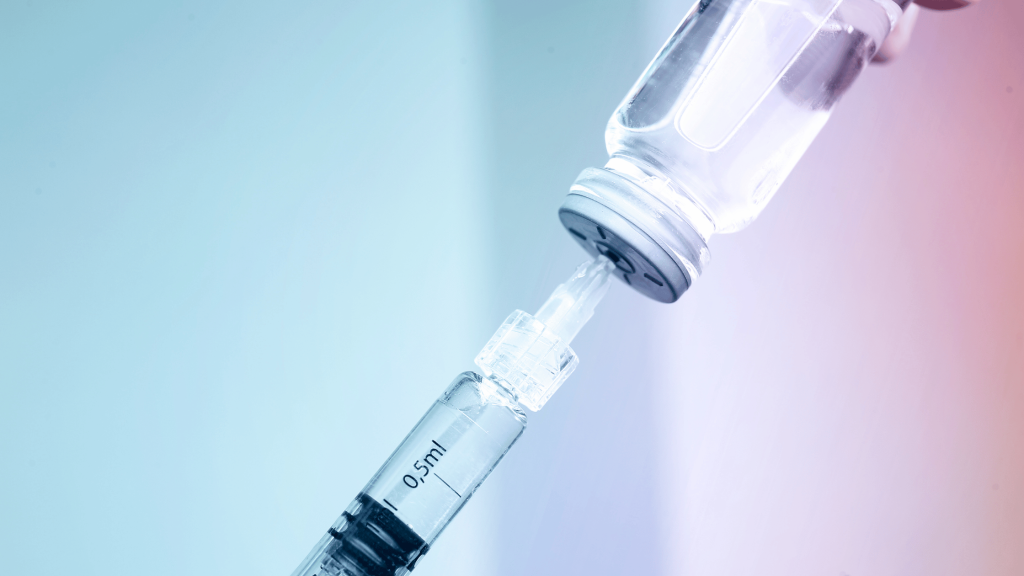
The landscape of aesthetic products is ever-evolving, with continual advancements in technology and ingredients promising unprecedented results. In a domain where cutting-edge innovation meets skincare, ensuring the safety and efficacy of these products is of utmost importance. One reliable indicator of these attributes for products within the UK and the European Economic Area (EEA) is the CE mark, which signals conformity with health, safety, and environmental protection standards.
However, as an aesthetic practitioner or discerning customer, how can you authenticate this CE approval? Here is an in-depth guide to navigate the verification process.
Understanding the CE Mark
Before delving into the specifics of verification, a fundamental understanding of the CE mark is key. The acronym “CE” is derived from “Conformité Européene”, which means “European Conformity”. Products bearing this mark meet the established requirements of relevant European health, safety, and environmental legislation. Therefore, the CE mark represents a manufacturer’s declaration that the product aligns with these legislated standards.
Step 1: Spotting the CE Mark on the Product or Packaging
The initial step in verifying the CE approval involves a straightforward visual check. Look for the CE mark on either the product itself or its packaging. However, keep in mind that the mere presence of the CE mark does not automatically guarantee the product’s authenticity.
Step 2: Examining the CE Marking Closely
The CE mark has a particular logo design, and any deviation from it might suggest a counterfeit product. The authentic CE logo features the letters “CE” in a specific font and format, with the letter ‘C’ integrated into ‘E’. If the middle line of the ‘E’ is noticeably longer than the top and bottom lines, the logo may be a counterfeit.

Step 3: Scrutinising the Manufacturer’s Documentation
Authentic CE marking should be accompanied by comprehensive documentation from the manufacturer, including a declaration of conformity, an instruction manual, and safety information. The declaration of conformity should provide details about the manufacturer, the specific product, and the safety standards or directives it complies with.
Step 4: Conducting an Online Search
In the age of digital connectivity, a simple online search can offer a wealth of information about both the product and the manufacturer. Many reputable manufacturers proactively share information about their certifications, including CE marking, on their official websites.
Step 5: Verifying with the Notified Body
For products posing a certain level of risk, such as medical devices, the CE certification process necessitates oversight from a ‘notified body’. This entity is designated by a national authority to assess the conformity of specific products before they are marketed. Products overseen by a notified body should bear the notified body’s identification number alongside the CE mark. This identification number can be verified on the NANDO (New Approach Notified and Designated Organisations) database to authenticate the CE mark.
Step 6: Contacting the Manufacturer Directly
If lingering doubts about the CE marking persist after the above steps, it might be useful to directly reach out to the manufacturer or their representative. You can request explicit information about their CE marking process, the notified body involved (if any), and how they uphold compliance with pertinent safety standards or directives.
Appreciating the Importance of CE Approval Verification
As an aesthetic practitioner, verifying that the products you use or retail carry a genuine CE approval is critical. It ensures compliance with required safety standards, thereby safeguarding your clients and your practice. With the unfortunate prevalence of counterfeit products in the market, practitioners often bear the responsibility of guaranteeing they’re employing and recommending safe, approved products.
In summary, while the process of verifying CE approval for aesthetic products may seem arduous, it is undeniably essential. It requires a careful eye for detail, a sense of due diligence, and sometimes, a direct line of communication with manufacturers. However, this crucial step upholds the high standards within aesthetic practice, ensuring client safety and satisfaction while promoting trust and integrity in the aesthetics industry.